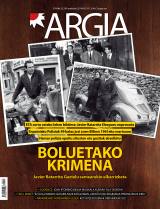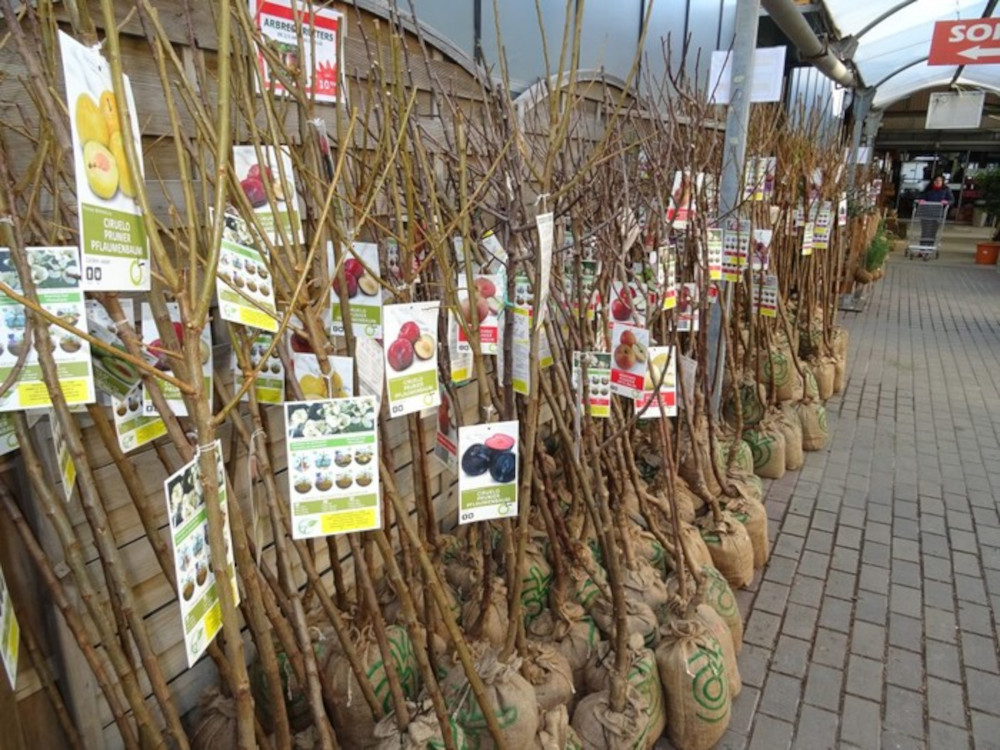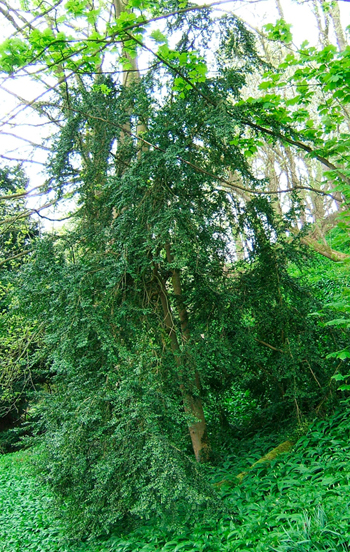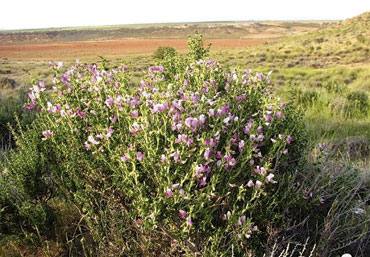When Otea cost money
- It seemed amazing, but it was. The thorny yellow flower plant that we find today on the mountain was worth money in the past, at least in some places. In fact, at one time, rubber was important. It was cut to make the cubes or feed the cattle; it was also used for fire, for the house or for the ignition of the kennels, as well as for the sparks. And its exploitation was the source of the anger of the neighbors, the dispute between peoples, the need to put questions and standards. It is old documents that show us all this.
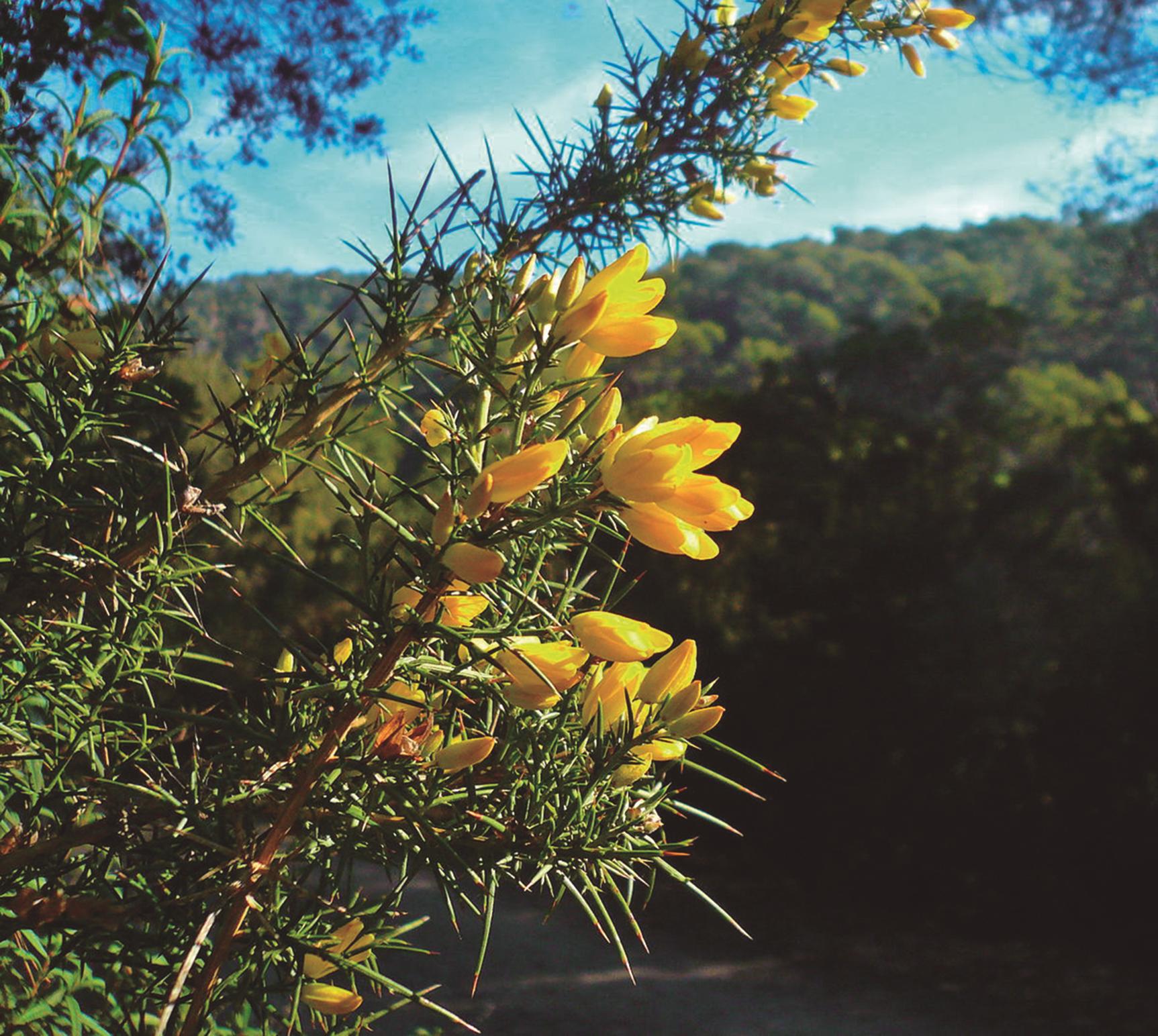
Today it will not be many who continue to cut the gum for the farmhouse. But there are still those who think that was done, and not a few. Some because they saw it in the days of their grandparents or their parents, and others because they had to dedicate themselves to it in their youth.
Today we can see Otea everywhere, in the bushes that represent our forests and often in the slopes of the new construction roads, especially on the Atlantic side. But according to ancient documents, between the 16th and 19th centuries Argoma was a precious resource and its felling was also a source of controversy between neighbors and municipalities in some towns. Therefore, there were not few who chose to regulate their exploitation. For example, according to the old documents of the Hernani Municipal Archive, for the sixteenth and seventeenth centuries municipal permission had to be requested to cut the archgoma, and each person would pay a real.
The wolf in Chillida-Leku instead of the sculptures
In 1663, in the dwarf Zabalaga, currently in Chillida-Leku, there would be no sculpture, but the wolf, apparently, did exist. At that time the owner was Sevastián de Zavalegui.
In Hernani, as in many other villages, the wolf was cut into communal lands. And it was up to Sevián de Zavalegui to cut into the villages of Artiga in his district. He cut off the gum and brought it home with the oxen, but cut it off at the forbidden place and without the permission of the City Hall. This led to a conflict that reached the Chancellery of Valladolid.
The City Hall of Hernani appealed and Zavalegui took the witnesses who argued that in Artiga dung had been made or fed to the animals - not to the carobas - and that tea had always been cut without permission. And he regretted the City Hall, claiming that the ban on cutting rubber was a measure against the indigent, because all the wood that was in the forests of Urumea legitimacy was used for the coal of the ferreria.
The City Council responded strongly to Zavalegui that the measure of not cutting Artigan’s bread was taken at a meeting between the representatives of the citizens and that he was aware of it. He added that because of the food he had cut, he had left the ejido without food for the most needy. Those who failed to comply had to pay: 2,000 marabedi for every amount a person can cut a day with a sickle.
Not everyone has the same value: the wolf, the prayer… and the prayer
In 1735, the Hernani City Hall issued a decree prohibiting the cutting of rubber in the village; it allowed it to be taken only to feed the animals or to cook, always cut to the extent. Apparently, in Lasarte (still in Hernani lands), under the pretext of cutting otebeltza for cattle (Ulex gallii), in recent years the otazuria (Ulex europaeus) was cut off to make manure, calves and crests, leaving the mountain without pasta.
The following year, a citizen asked for permission to cut the gum and make manure with it. The City Hall, aware that the ban imposed last year was to the detriment of the poor and in view of the fact that the citizens were still making requests for cuts, granted permission to cut the wolf; but only the black, not the otezuria, nor the lobster, who was tender and used to feed the cattle. In addition, rules were to be followed for cutting the urn: before cutting the place and amount of felling for obtaining the licence would be determined. The court would be conducted under the supervision of the rural custodian and his work would be carried out by the applicant.
Regulations for cutting rubber from pulpit
In the mid-eighteenth century, the regulations were modified: Between 1745 and 60, a period of four months was set to cut the plant, between November and February, and only what four people could cut, always indicating the place and the quantity, could be cut. Once the wolf had been amassed, there was a period of twenty days to withdraw it. Due to the shortage of wood for kitchens, it was forbidden to cut the rubber for the kennels. The rule was firm. If he did not comply, he ran the risk of being fined. And the right place to communicate it was the place where most of the population met: the church. On December 7, 1760, at Lasarte Sunday Mass, the Vicar read the decision taken by the City Hall and received a reward for it.
The exploitation of lobsters was no foolishness. It is also a sign of the importance it had, that in 1790 permission was granted to the citizen who applied for the cut of the heather, but that for this he was forced to use the azada to not damage the rubber that was in the area. The court was forced from 12 September to prevent the fern in the area from being damaged.
Tension between peoples
In the 19th century, many residents requested the cutting of the gum in writing, especially since 1840. Most of the petitions were made in winter, before the plants were launched, and in almost all cases they were used in Carobias.
The Hernaniarra Nicolas Arbelaiz, for example, asked for permission to cut ten wild chariots (hargoma, fern, scrambled sneezes…). With them he intended to make 50 lime carts, since in the previous six years the harvest had been greatly reduced and his land needed a lot of lime. These kinds of petitions were many, who were willing to pay for the license to cut 20-30-40 cars, “as was customary, what corresponded to them.” In addition to the coves, there was a lack of fuel for the tiles factory and newly opened bricks and a request to cut the rubber.
However, the rules of the conflict had caused a conspiracy and discord continued. In the mid-19th century, the mayor of Astigarraga wrote an official letter to Hernani. There, he stated that the baserritarras from Hernaniarras who border with Astigarraga had been surprised on more than one occasion by stealing the rubber in the lands of his town, and to avoid it, he asked the mayor of Hernani to take measures, as, moreover, they would act more harshly.
At the end of the 19th century, the archgoma cut request declined, and although older living witnesses remember that it was cut, they do not remember any particular rule or conflict on their behalf in the 20th century. As the needs of the rubber fell, the associated discussions also took the same path, and the exploitation and use of the spinous plant lost its place, until gradually it withdrew in the memory of the Basque society.
TOUCH

Towards the end of the winter, in many houses, when the fodder of the animals was over, the surrounding gum was collected, which had just flourished, and this plant, full of thorns, well crushed, empty or mixed with turnips, was delivered to hungry cattle.
In this video of the Ahotsak project we can hear the testimony of Joxe Luix Lardi Landa from Oiartzun:
And in this other video of the Ahotsak project, by Hilario Lekuona Mitxelena de Urnieta:
In the words of musician Juan Mari Beltran, “playing is one of the clearest examples in which music and play go hand in hand. When it comes to playing the rubber, these blows are played by playing, and in those sound phrases that emerge from this game of blows, the music appears.”
In the lands of the Atlantic Basque Country autumn brings the biggest harvest: corn, beans, pumpkin, apple, nut, chestnut, etc. One of the hardest tasks of the peasants has been to keep these fruits and seeds as long as possible. They are dishes that will enjoy fall and... [+]
In the flowers the perfume blooms pseudoacacia, Robinia pseudoacacia, in April. It's in the tracker. Some say that this piece of tree that provides good wood and a better flower is invasive. Some administrations encourage you to turn against him. I am a fan, and these... [+]







